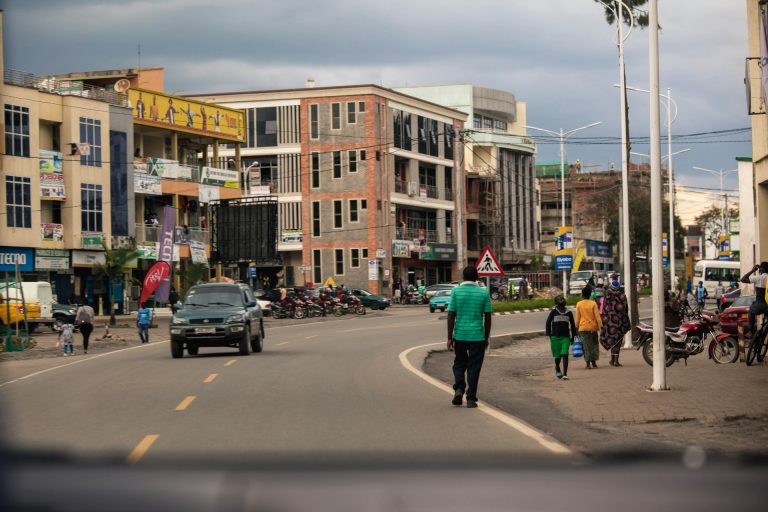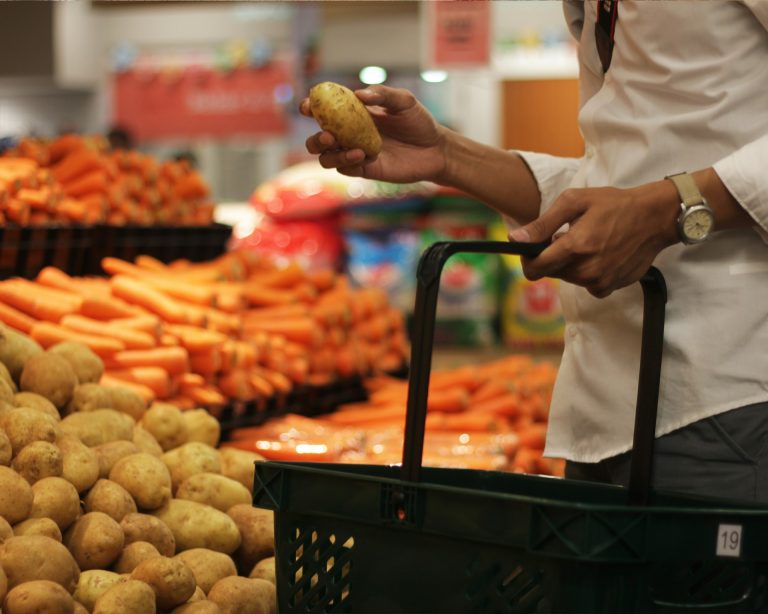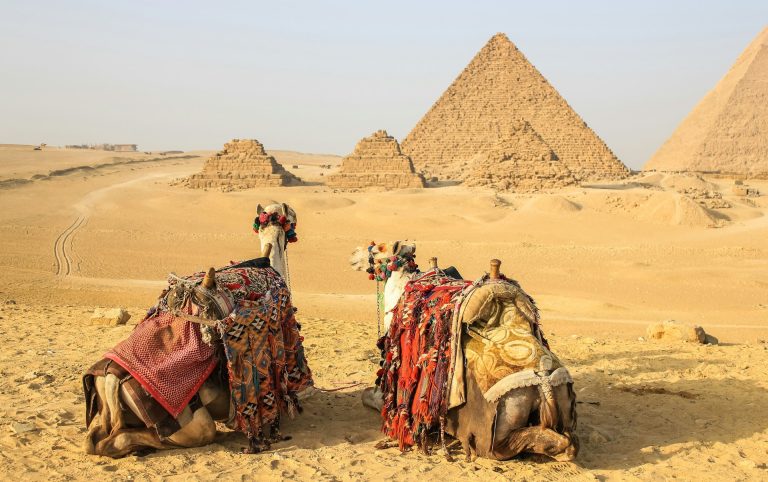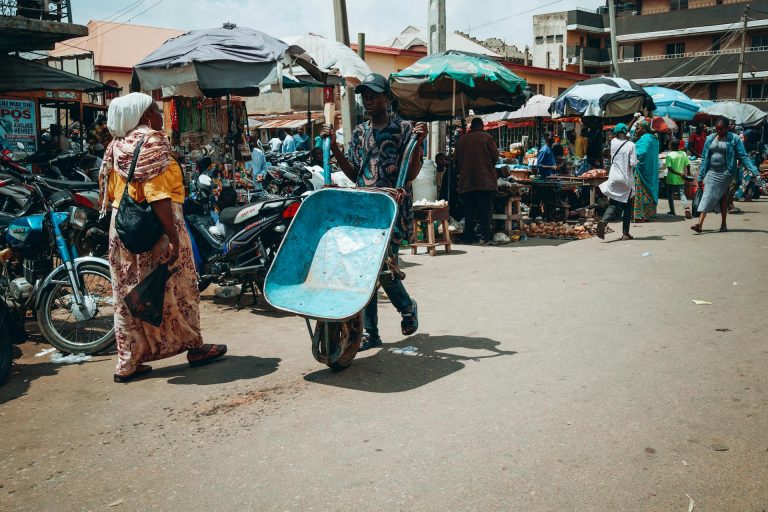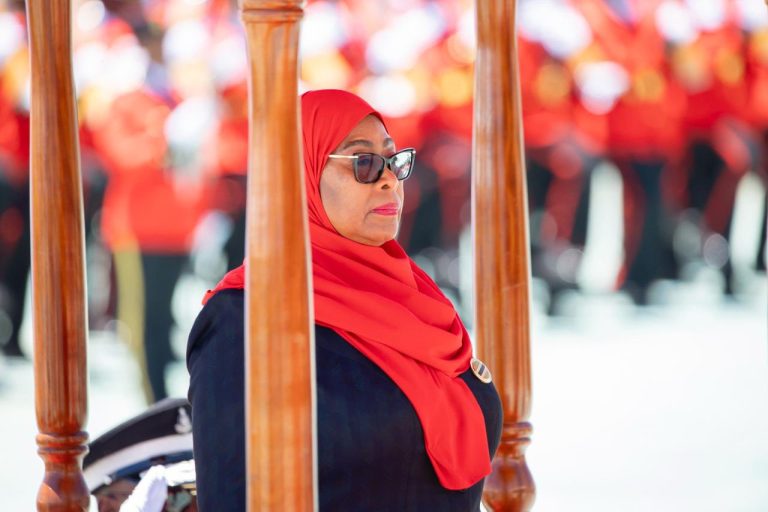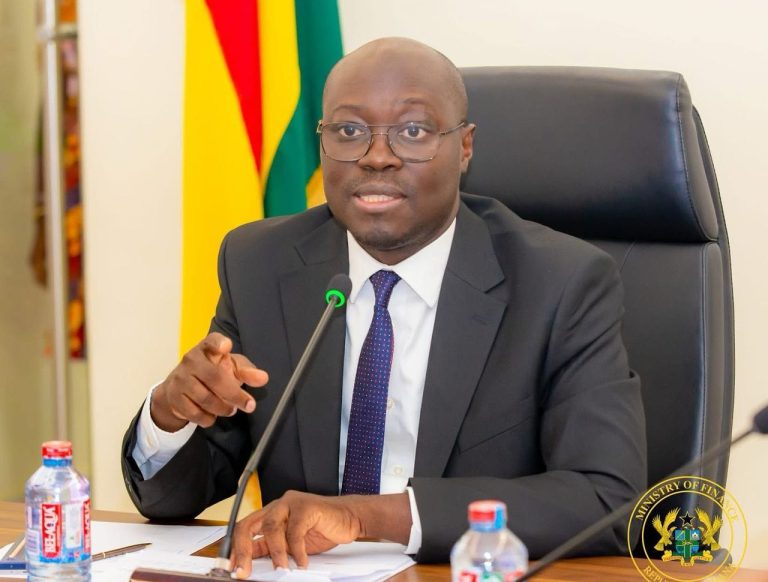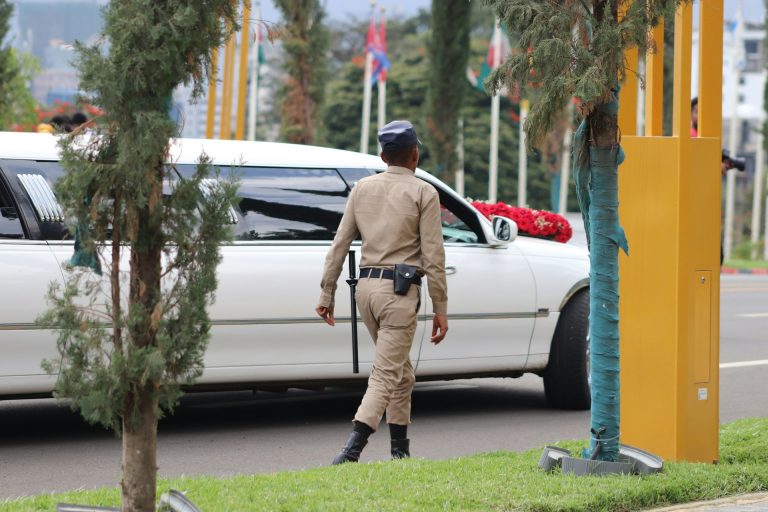- Inflation slows for fourth straight month, lowest since March
- Health costs surge over 60% after medical tariff overhaul
KIGALI, RWANDA – Rwanda’s inflation slowed to 5.1% in October, its lowest level since March, even as rising energy, housing, and health costs continued to weigh on consumers.
The data, released by the National Institute of Statistics of Rwanda (NISR), showed inflation easing from 6.2% in September, marking the fourth consecutive month of decline. The country’s inflation peaked at 8.3% in June, an 18-month high, before beginning its steady retreat.
On a month-to-month basis, prices rose 1% nationally, driven mainly by increases in urban areas. Urban inflation accelerated to 7.1% year-on-year, compared with 3.8% in rural regions, where price pressures continued to cool.
“Urban CPI increased by 7.1% in October 2025 compared to the same month of 2024,” the institute said, adding that urban prices rose 1.3% from September.
Food prices ease, but energy and health costs bite
The decline in headline inflation was largely attributed to softer food prices. According to the report, the food and non-alcoholic beverages category rose by just 1.0% nationally and 1.6% in urban areas — far below the rates seen in energy, housing, and hospitality.
The fresh products index showed modest gains, increasing 0.4% annually in urban centres and 1.6% month-on-month, reflecting seasonal price movements.
But the easing in food prices masked sharp increases elsewhere. Energy prices surged 10.9% over the year and 6.5% in the month, while housing, water, electricity, and gas climbed 7.5% year-on-year and 4.1% month-on-month.
Hospitality and leisure also saw steep gains. Prices in the restaurants and hotels category rose 18.1% nationally and 19.1% in urban areas, while alcoholic beverages and tobacco jumped 15% nationwide.
The most striking rise, however, came from the health sector, where prices increased 62.7% year-on-year. In urban areas, health costs soared 71.3%, compared with 55% in rural regions. Economists linked the spike to the July 2025 revision of medical tariffs in private healthcare facilities, which significantly raised consultation and treatment fees.
“The underlying inflation rate (excluding fresh food and energy) increased by 9% when compared to October 2024,” the NISR stated.
Inflation within target, but rate cuts unlikely
Core inflation, which strips out volatile food and energy prices, stood at 9.0% year-on-year and 0.8% month-on-month, underscoring persistent underlying pressures despite the broader slowdown.
Rwanda’s economy has remained robust this year, expanding 6.5% in the first quarter and 7.8% in the second quarter. Finance Minister Yusuf Murangwa projected growth at 7.1% for 2025, down from 8.9% in 2024, but expected to rebound to 7.5% in 2026.
The National Bank of Rwanda (NBR) expects inflation to remain within its 2–8% target band, though the 7.1% urban rate nears the upper limit. Analysts say this reduces the likelihood of another interest rate cut this year after the NBR lowered its policy rate to 6.75% in August to support recovery.
Despite persistent pressure in energy and health costs, policymakers are encouraged by the continued disinflation trend — a signal that the government’s price-stability measures are taking hold.


